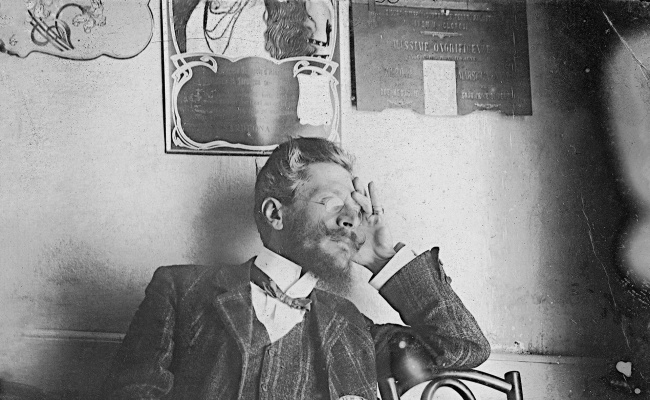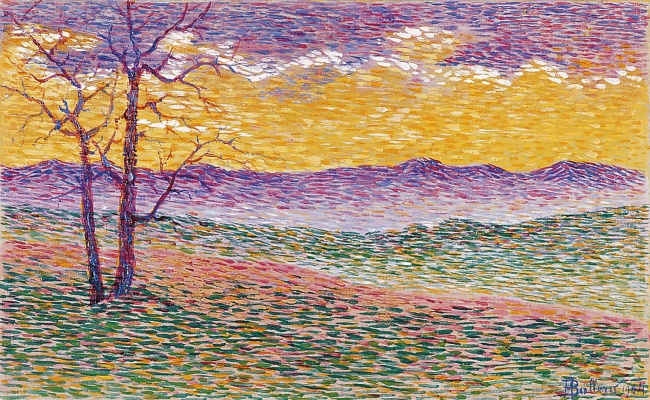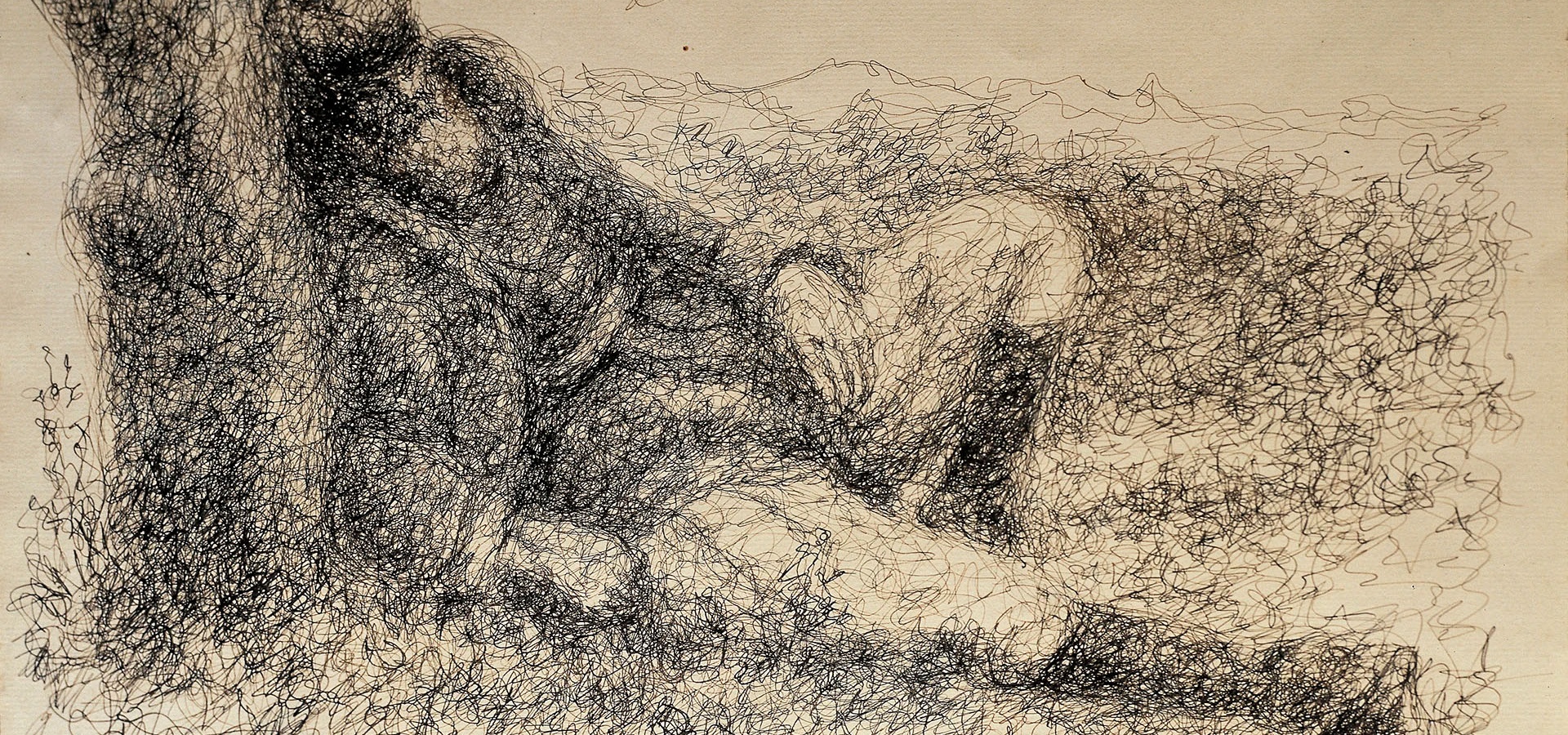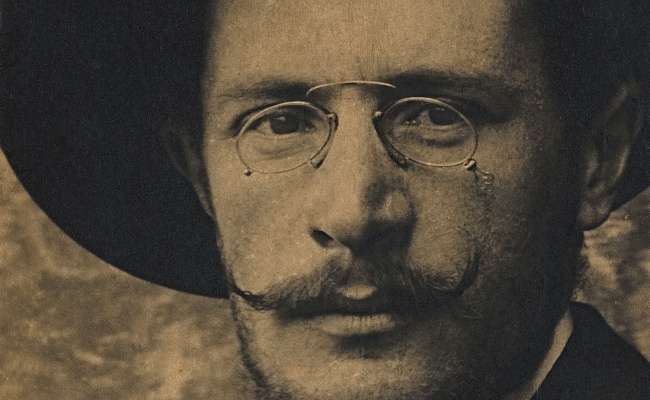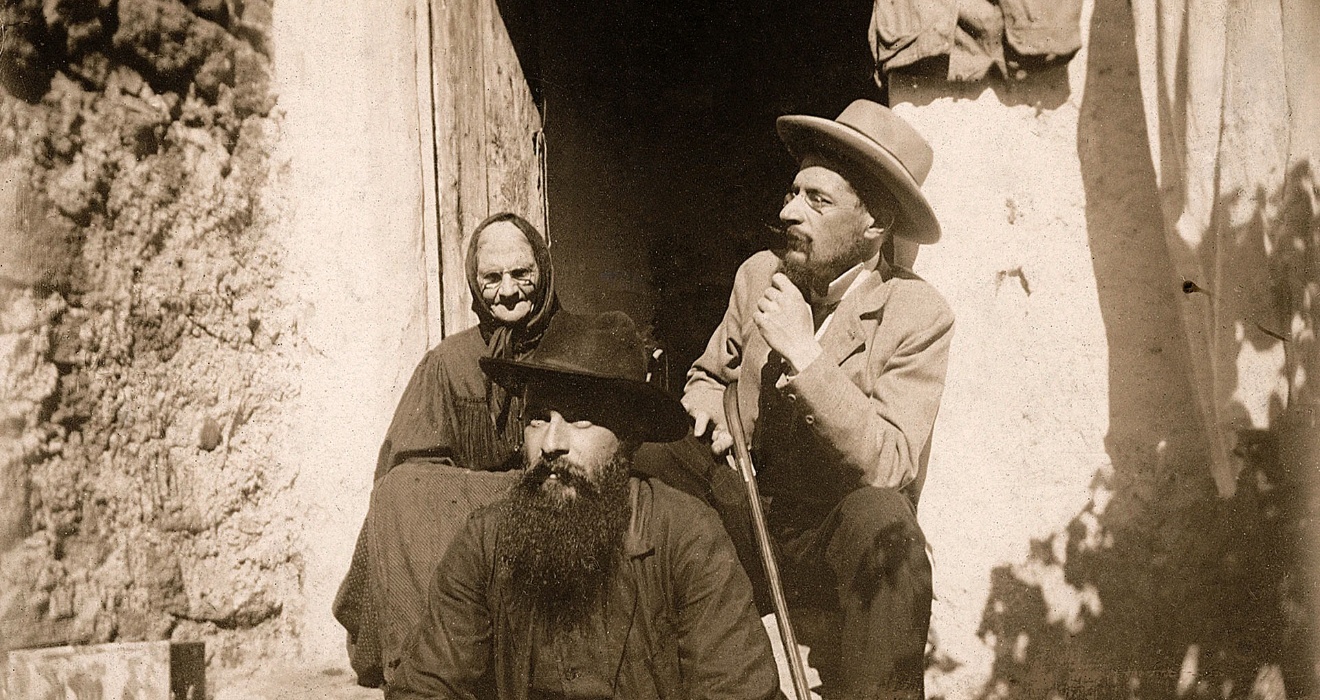Antonio Ballero (b. 16 September 1864, Nuoro–d. 19 January 1932, Sassari) was an Italian painter, writer and photographer.
Antonio Ballero
Description
Seeing the works by Giuseppe Pellizza da Volpedo at the 1903 Venice Biennale was critical for his artistic path, the Piedmont artist’s work having a decisive influence on his own stylistic development. Ballero adopted the technique of divisionism, creating his paintings using overlapping dots and strokes of paint.
His concept of art was tied to social reality and translated into paintings depicting an idyllic rural world, like Mattino di marzo (March morning) and L'appello serale (evening call), both 1904 and marked by a poetic, light-filled, colourful atmosphere where the harmony between humankind, animals and nature creates an evocative, spiritual image.
In 1907, Ballero changed his style in favour of a more realistic and narrative rendering of Sardinian culture, influenced by Spanish Costumbrismo and the work of Francesco Ciusa. His works became more epic and dramatic, his portraits and paintings revealing the psychology of the figures.
In the 1920s, he experimented with new techniques, like monotype and an original process of his own invention called ghirigoro, which involved building an image with intricate strokes of India ink, creating evocative effects especially in the faces.
 Nuorese Cultural District
Nuorese Cultural District

